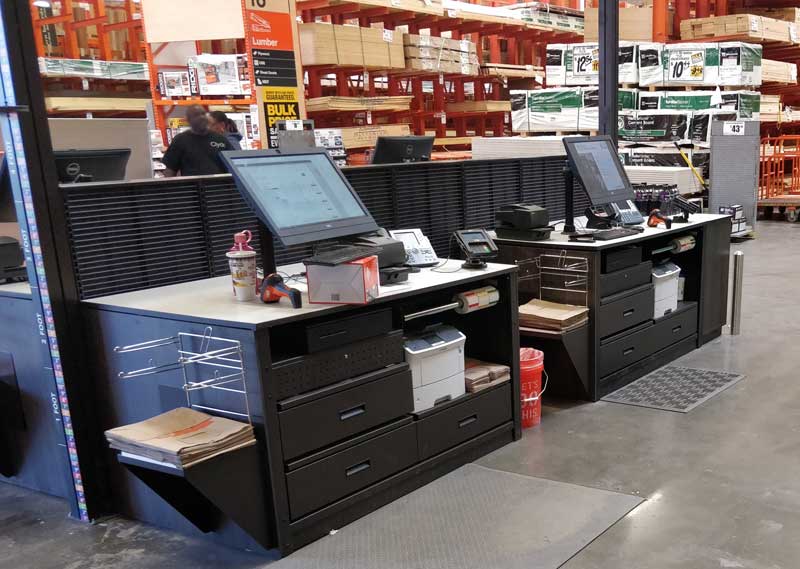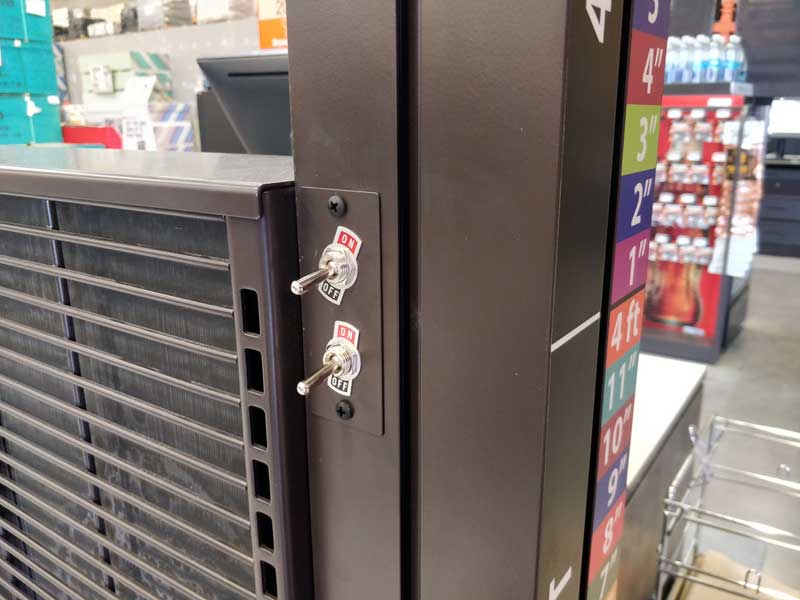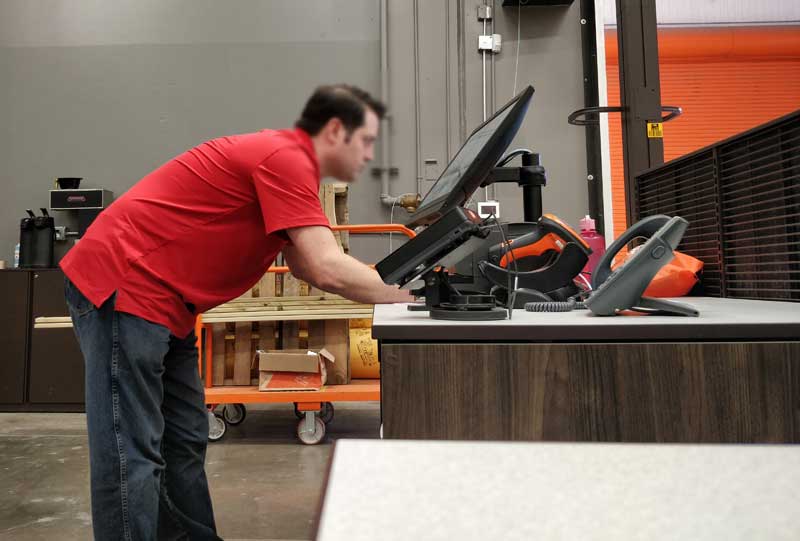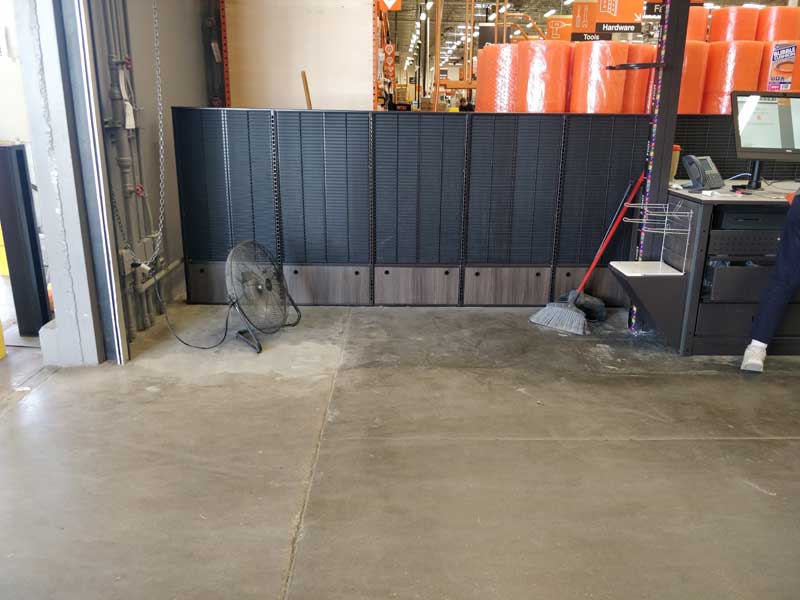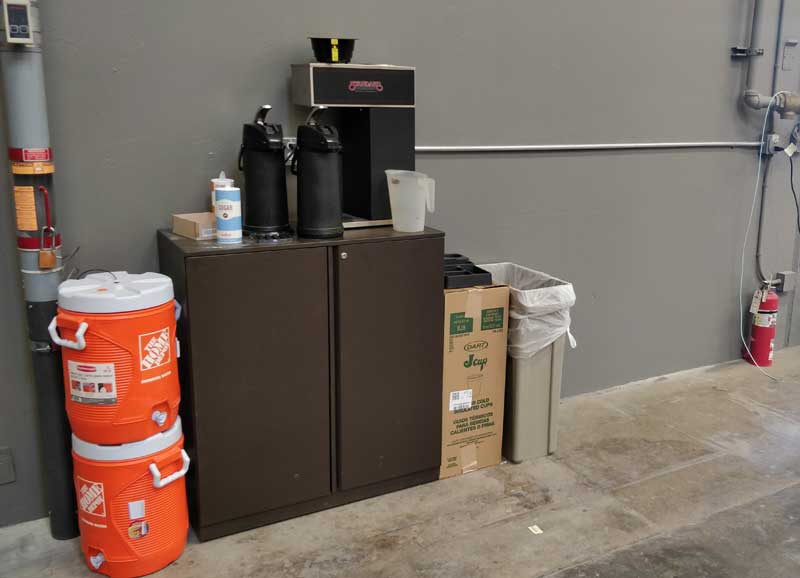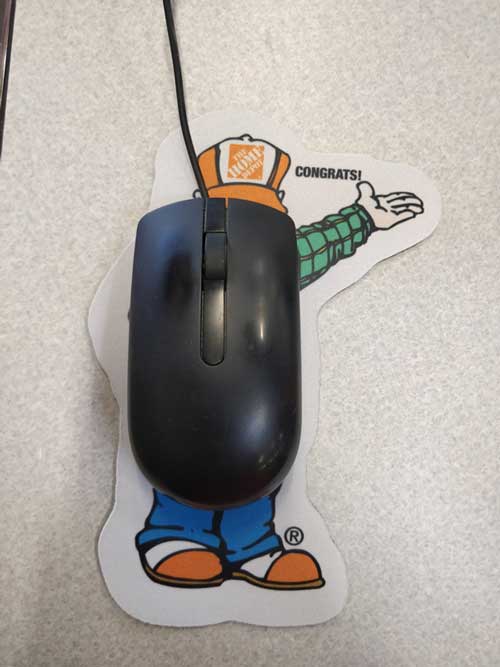I’m not new to accessibility (a11y) but because it is not the focus of my job, I’ve had to do a lot of self-study to gain enough experience to consider myself proficient. Through the process of studying for this exam (and applying for a job along the way), I think I have finally found my passion.
I work in the United States for a large Canadian company in Ontario that is under pressure to comply with the Accessibility for Ontarians with Disabilities Act (AODA). It requires that websites updated since 2014 conform to the Web Content Accessibility Guidelines (WCAG) 2.0 Level A. Level AA is required by January, 2021.
At last year’s AccessU accessibility conference in Austin, Texas, I learned about the International Association for Accessibility Professionals (IAAP):
IAAP is a not-for-profit membership-based organization for individuals and organizations that are focused on accessibility or are in the process of building their accessibility skills and strategies. The objective of this association is to help accessibility professionals develop and advance their careers and to help organizations integrate accessibility into their products and infrastructure. The IAAP will provide a place for accessibility professionals around the world to gather, share experiences and enrich their knowledge of accessibility.
I heard they had a few certifications and I thought that would be a great way to test myself and perhaps come out with a credential that will help me in the future. The Web Accessibility Specialist (WAS) credential is where I started.
What is the WAS credential?
The Web Accessibility Specialist (WAS) credential is a technical-level credential for people who have hands-on experience with web technologies and accessibility. The exam assesses one’s web accessibility competence and takers are expected to know and use relevant technologies in a hands-on way, not just know about them. Per the IAAP, it’s ideal for intermediate level professionals (3-5 years’ experience) who have worked with WCAG 2.0 in context.
What is the WAS exam?
The WAS exam consists of 75 multiple choice questions with four options in the following content areas:
- Create accessible web content – 40%
- Identify accessibility issues – 40%
- Remediate accessibility issues – 20%
The exam is pass/fail and administered by a testing service either remotely or in-person. I took it at a local testing center because I was worried about all the things that could go wrong remotely.
The exam is administered during a testing window for scoring purposes.
Preparing for the WAS exam
I reviewed the comprehensive WAS body of knowledge document which is a 20+ page overview of everything that could show up on the exam, from WCAG success criteria to testing with assistive technologies to recommending techniques for fixing issues. It’s a lot of stuff and honestly, I was pretty worried since I don’t work a job where I do accessibility evaluations every day.
I decided to study by going through a WAS exam preparation course offered by Deque University. I gave myself four weeks to prepare. My strategy was to cover about one content area per work day leading up to the exam. I took longer with those areas I had less experience in, such as ARIA widgets. I highly recommend this course and think it covered all the necessary subject matter.
My one piece of advice is to really practice using a screen reader and learn the common commands as two questions on my exam related specifically to hotkeys.
After the exam
They evaluate all candidates’ responses during the testing window and utilize a modified Angoff methodology and cut rate score exercise. Because of this, it takes a few weeks to find out if you pass. IAAP does not issue percentage scores or provide feedback on specific responses.
Three weeks after I took the exam, I got an email from the IAAP.
Congratulations! We are pleased to inform you that you have passed IAAP – Web Accessibility Specialist (WAS) examination. Your hard work, study, and perseverance helped you achieve a significant goal – recognition of your skills and knowledge as a web accessibility specialist.
Per the email, just over 250 people have been WAS certified since the exam started in 2017.

So what now? I am really happy to have this certification and I know that going through this studying and exam process did a lot to get me used to looking for accessibility issues and communicating to developers how to fix them. I think this is a great exercise for anyone who wants a career in web accessibility.



